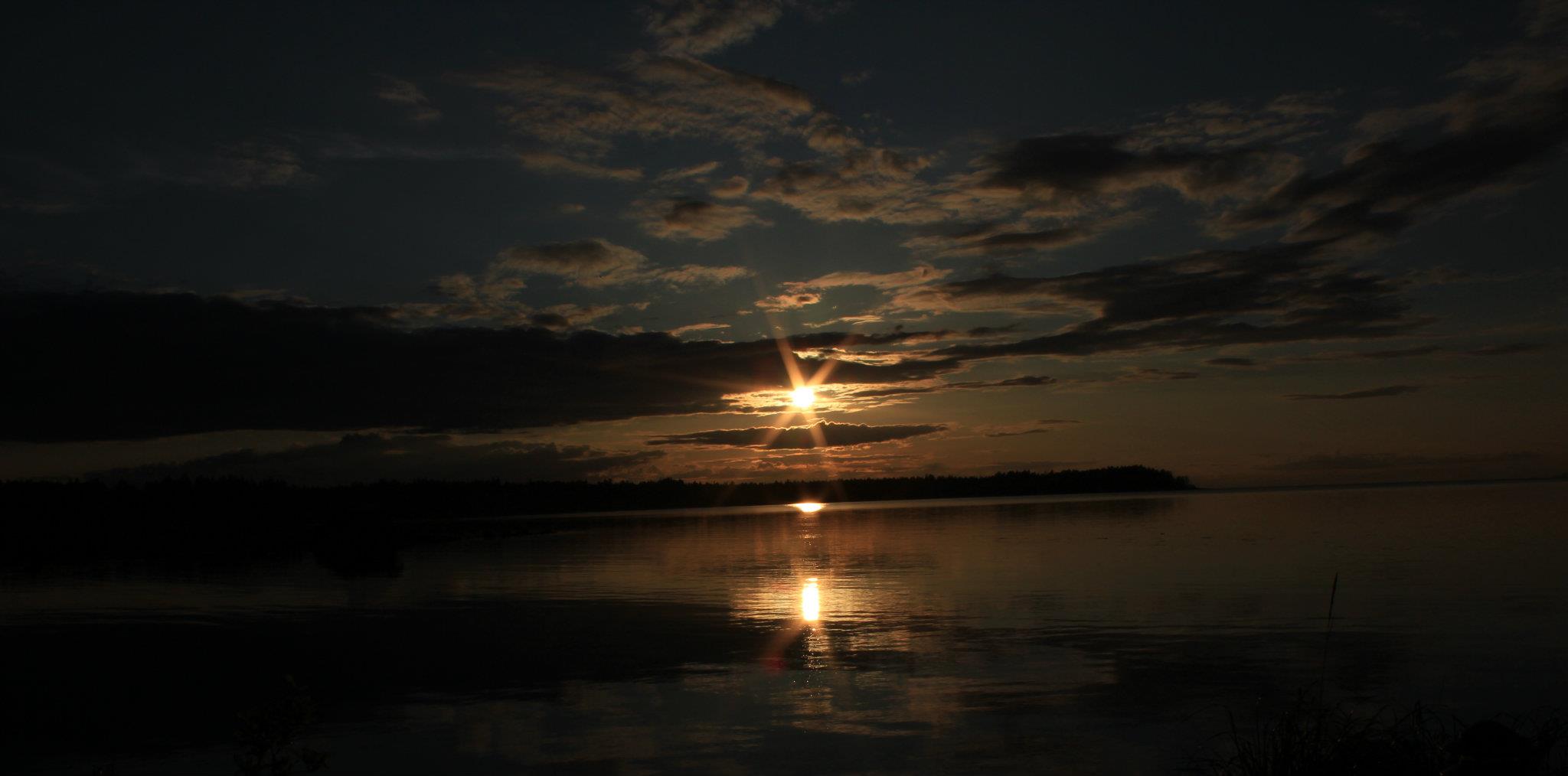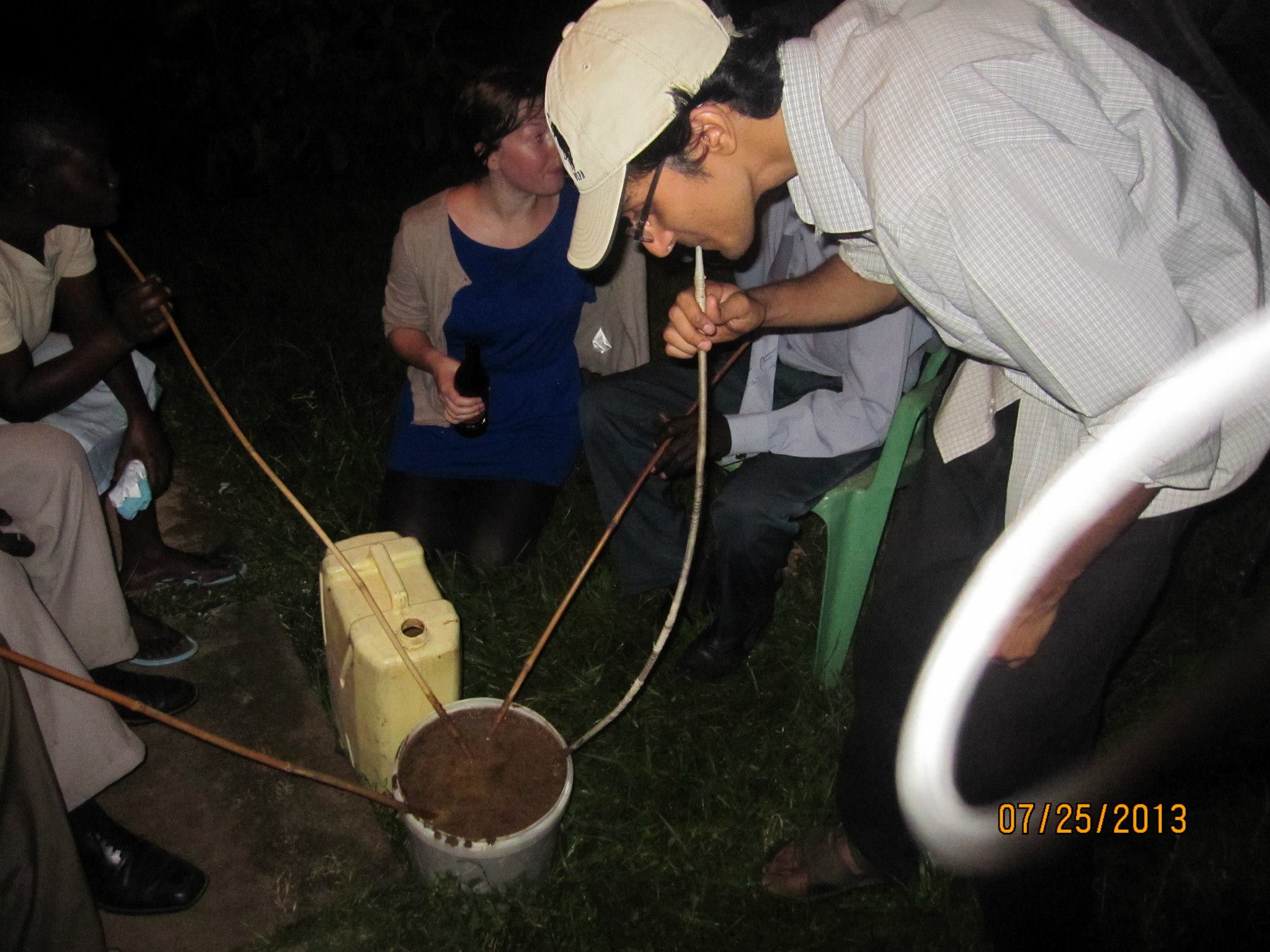-
Island Sunset
 Sunset at Nanoose Bay, Vancouver Island
Sunset at Nanoose Bay, Vancouver Island -
Arborous Myths

It is a false set of stories told on campus tours of the University of British Columbia. That one day, students chose to uproot a tree and replant it, upside down. Their backgrounds and motivations change with each retelling, but the result is the same: the tree, seen above, adapted to its new orientation by regrowing branches and leaves out of its exposed root system. Its top, meanwhile, embedded new stems into the soil below, so it could draw water and continue its existence unbothered.
Looking up at this tangled mess, you may be fooled into thinking the anecdotes are plausible.
Instead, what you are gazing at is a particularly knotted Camperdown Elm. A Scottish cultivar known for its unique trunk formations. This one is situated on Agriculture Road surrounded by the Chemistry and Physics Buildings, the Indian Residential School History and Dialogue Centre, and the Irving K. Barber Library. In case you feel like dropping by and relaxing in its shade. (Benches provided.)
Beautiful and remarkable in its own way, without need for tall tales. No less a gem among its more familiar company.
-
Rural Ugandan Brew
 Credit: Jenny Z.
Credit: Jenny Z.A moment from a late night in the summer of 2013, just outside (the unofficially but affectionately named) “Mzungu House”. A small hut mere yards away from the Busolwe hospital and temporary residence to two doctors-in-training from Aarhus.
Busolwe, a village near Mbale in Eastern Uganda, was my home for four months while I participated in an international learning exchange (primarily to support rural literacy initiatives and to learn from a community of local leaders who were passionate about instilling in youth a culture of reading and writing).
My colleague and I had been invited by our Danish friends to an evening of shared meals and stories, the latter not least a chance to debrief our most eventful days spent in Uganda. We rarely had a chance to connect with them, the only other foreigners who were staying in the remote village alongside us for many months. They worked long hours at the hospital, while our time was dedicated to the local library and schools, all spread out over a great distance.
On this weekend night, we emerged much later than anticipated. As we walked into the field and took in the fresh air, a group of locals sitting in a circle motioned to us. Each held a thin pipe with one end dipped into a large bucket on the ground. They asked us to join them as they drank from their lengthy wooden straws. So we found ourselves reveling outdoors, starlight replacing candlelight.
-
PG Pulp Mills

A new feature on the blog: the weekly photo! I have a large archive and will be sharing some of the clicks on a regular basis moving forward.
Today’s picture: Canfor’s pulp mill operations, just east of the main city core, as seen right after takeoff from Prince George Airport. The mills are contributors, alongside local wastewater treatment plants and landfills, to a distinctly rotten odor that tends to waver between “barely noticeable” and “oppressive”.
This article has more on the factors at play, for anyone curious about Prince George’s olfactory profile. This city rarely gets a comment on this blog; why not start local?
Canada, for those who did not know, is home to nearly a tenth of the land covered by forests globally. Big business for wood products and all associated industries. Incidentally, PG is hosting a provincial conference on forestry later this week. The ongoing trade war likely a key talking point for a struggling sector.